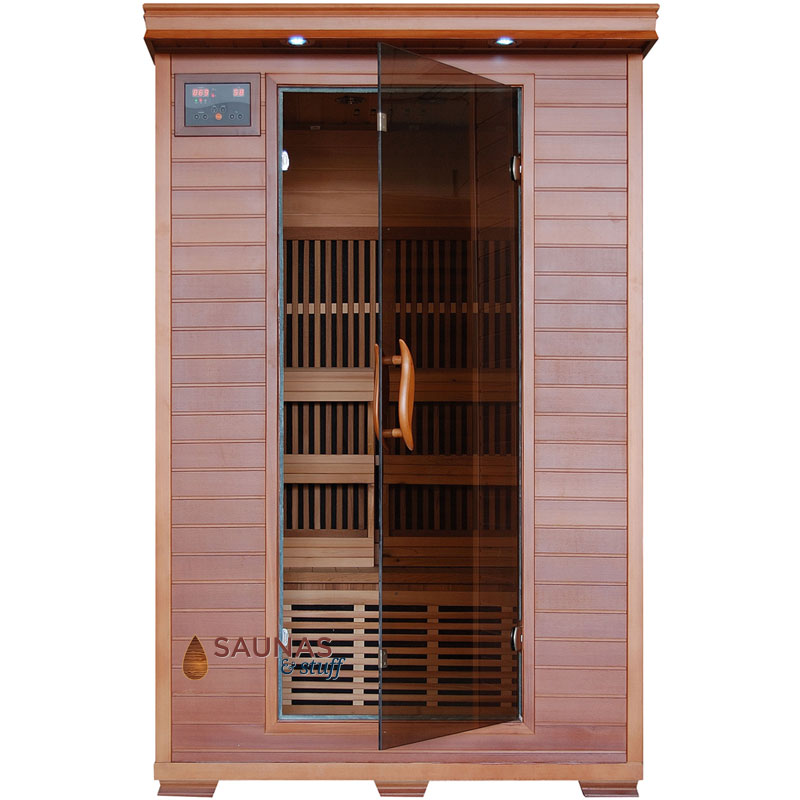There is a popular idea that using a sauna, then doing a cold plunge, then ending with a steam room session can boost your body's circulation, but a lot of people aren't really sure what the difference is between a sauna and a steam room. Are there significant differences between the two? Is the heat the same? How do the health benefits compare? Is there any evidence that using both in tandem with a cold plunge is really beneficial?
Saunas and steam rooms both use heat therapeutically, although this is accomplished in different ways. A sauna uses dry heat, and maybe a small amount of humidity created by pouring water on heated rocks. A heater or a wood-burning stove in an enclosed room elevates the temperature, usually above 190 degrees F. In a traditional dry sauna, bathers sit or lie in the room to absorb the warmth, which elevates the body's internal temperature, stimulates blood flow, and opens up the pores. After a period of time, the bather leaves the sauna and jumps into a cold plunge or shower and then rests at room temperature before re-entering for another round. Or they head into the steam room for a change of pace.
A steam room has much higher humidity levels than a sauna and, therefore, heat. Steam rooms are maintained at much lower temperatures than saunas--usually not more than 110 degrees F--but the humidity is kept very high, at almost 100 percent. The cooler ambient air temperature makes steam rooms more bearable for some people, and also helps asthmatics and other people suffering from breathing conditions.
Both saunas and steam rooms open up the pores of the body, helping to eliminate toxins through sweat. The high temperatures also help ease muscle soreness, improve circulation, relax the body, and strengthen the immune system. Neither is really better than the other--it's simply a matter of personal preference. For the people who are unable to endure high heat, steam rooms might be the better option. Some people cannot stand the wet sensation and humidity of a steam room and will prefer a sauna instead.
Whether you prefer using a steam room or a sauna, please pay attention to your body and how you are feeling. If you feel unwell or overheated, be sure to exit the room immediately. You should also drink plenty of fluids to prevent dehydration, which can cause dizziness and fainting.
Saunasandstuff.com has an amazing selection of saunas for every style, home, and lifestyle. We also do commercial sauna rooms. Please visit our website to check out the options we offer, as well as various accessories to go along with it.
*http://en.wikipedia.org/wiki/Sauna



















